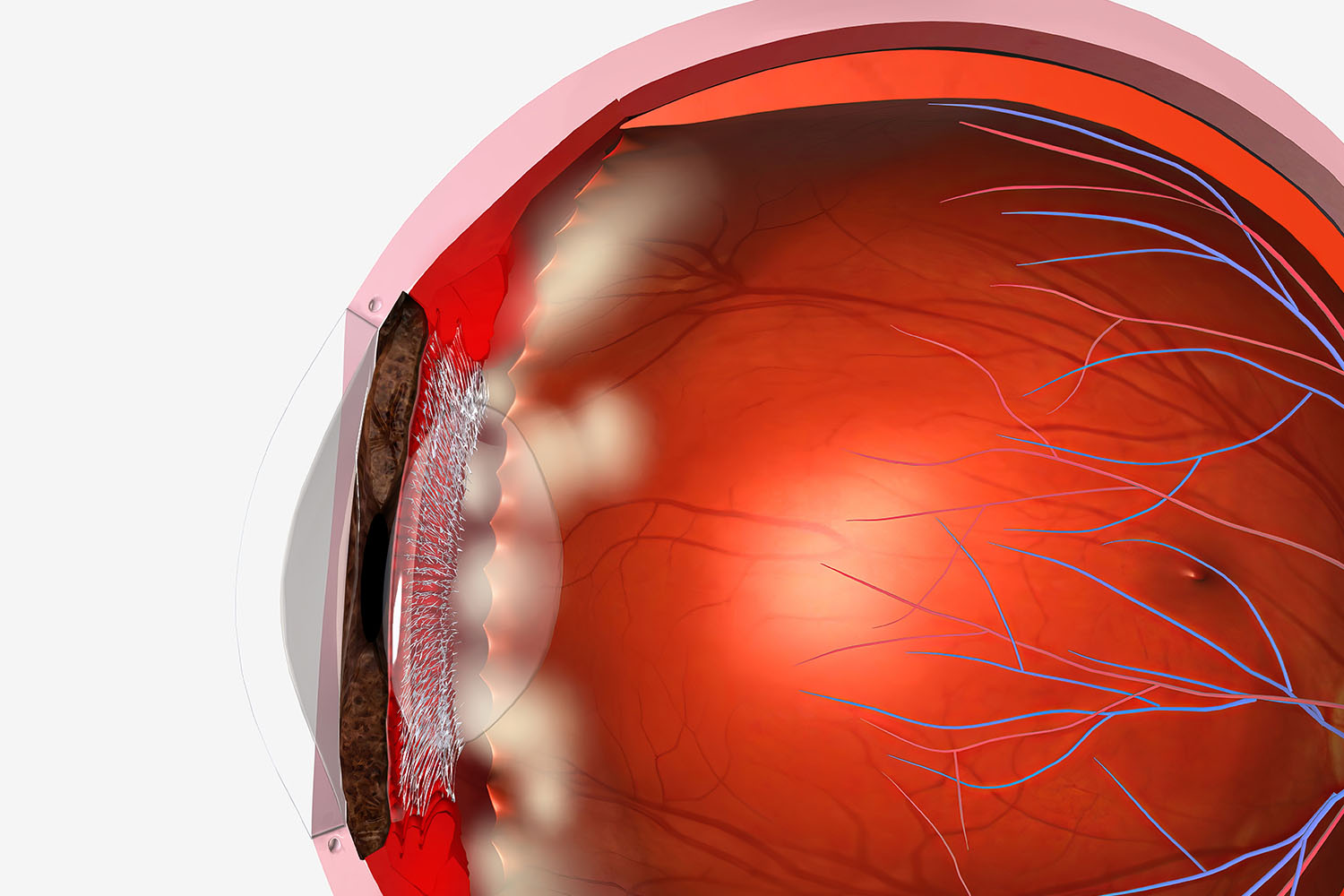Overview
In the area of ophthalmology, corneal transplantation stands as a beacon of hope for countless individuals grappling with impaired vision due to corneal disorders. This revolutionary procedure, involving the replacement of a damaged or diseased cornea with a healthy donor cornea, has witnessed remarkable advancements over the years, significantly improving patient outcomes and quality of life.

Understanding Corneal Transplantation:
Corneal transplantation, also known as keratoplasty, encompasses various techniques tailored to address a myriad of corneal conditions, ranging from corneal scarring and dystrophies to keratoconus and corneal degenerations. The procedure involves the meticulous removal of the damaged corneal tissue and subsequent replacement with a donor cornea obtained from a deceased individual.
Facts and Figures:
According to the Eye Bank Association of America, approximately 85,000 corneal transplants are performed annually worldwide, highlighting the widespread significance of this procedure in restoring vision and alleviating visual impairment.
Research indicates that corneal transplantation boasts an impressive success rate, with over 90% of patients experiencing significant improvement in vision post-surgery. Moreover, advancements in surgical techniques, such as Descemet’s Stripping Automated Endothelial Keratoplasty (DSAEK) and Descemet’s Membrane Endothelial Keratoplasty (DMEK), have led to faster recovery times and reduced risk of complications.
Emerging Trends and Innovations:
Recent advancements in corneal transplantation have propelled the field towards greater efficacy and precision. One such innovation is the utilization of advanced imaging technologies, such as anterior segment optical coherence tomography (AS-OCT), for precise evaluation of corneal morphology and planning of surgical interventions. Additionally, the advent of femtosecond laser-assisted keratoplasty has revolutionized corneal transplant surgeries by offering enhanced precision and customization, thereby optimizing visual outcomes for patients.
Challenges and Future Directions:
Despite its remarkable success, corneal transplantation is not without its challenges. Limited availability of donor corneas remains a significant barrier, necessitating ongoing efforts to expand the donor pool through public awareness campaigns and enhanced collaboration between eye banks and healthcare institutions. Furthermore, the risk of graft rejection and the need for long-term immunosuppressive therapy pose ongoing challenges in the field, underscoring the importance of continued research into novel immunomodulatory strategies and tissue engineering approaches.


